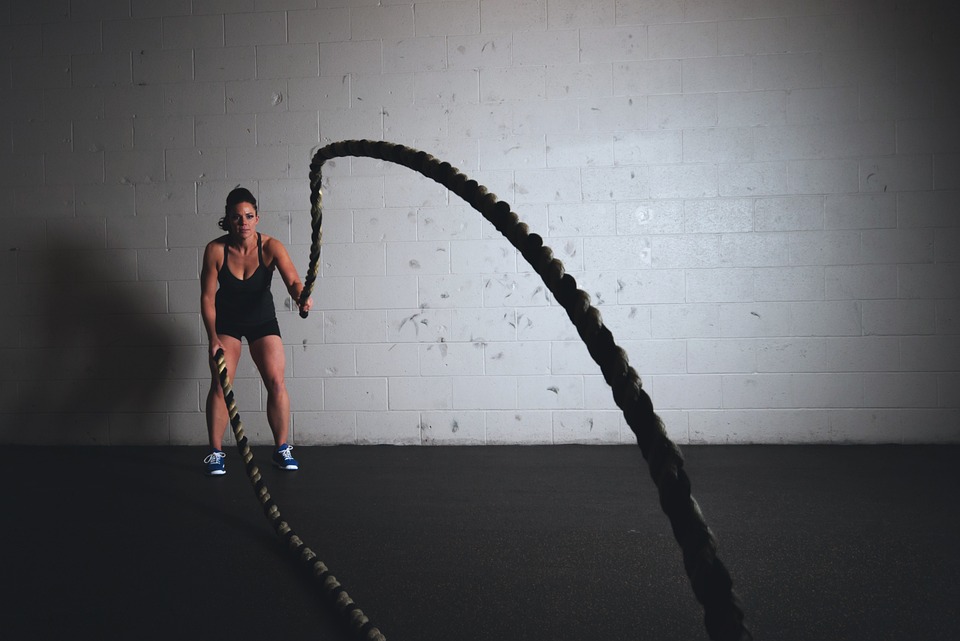The Importance of Cool-Down and Stretching After a Cardio Workout
After a cardio workout, it’s essential to prioritize the cool-down and stretching process to reap the benefits of your exercise routine. A cool-down and stretching session not only helps your body recover from the physical stress of exercise but also prepares it for future workouts, reducing the risk of injury and improving overall performance. In this article, we’ll delve into the significance of cool-down and stretching after a cardio workout and provide tips on how to incorporate them into your fitness routine.
Why Cool-Down and Stretching are Crucial
- Reduces Muscle Soreness: The cool-down and stretching process helps to reduce muscle soreness, also known as delayed onset muscle soreness (DOMS), which can occur after intense cardio exercises. By increasing blood flow and reducing muscle spasms, you’ll experience less discomfort and pain after your workout.
- Improves Flexibility: Stretching after a cardio workout helps to improve flexibility and range of motion, allowing you to move more efficiently and effectively. This is especially important for high-intensity interval training (HIIT) and other exercises that involve quick changes of direction.
- Enhances Muscle Recovery: Cool-down and stretching aid in the removal of waste products, such as lactic acid, that can build up in your muscles during exercise. This helps to speed up the recovery process and get you back to your regular activities sooner.
- Prevents Injury: A proper cool-down and stretching routine can help to prevent injuries by reducing muscle imbalances and improving flexibility. This is particularly important for beginners or those new to a particular exercise routine.
- Reduces Stress and Improves Mood: Stretching has been shown to have a positive impact on mental well-being, reducing stress and anxiety while improving mood.
How to Cool Down and Stretch After a Cardio Workout
- Start with a 5-10 Minute Walk: Begin with a gentle walk to slowly bring your heart rate and breathing back to normal.
- Focus on Major Muscle Groups: Target the major muscle groups you used during your workout, such as hamstrings, quadriceps, calves, and chest muscles.
- Hold Each Stretch for 20-30 Seconds: Hold each stretch for 20-30 seconds to allow for maximum relaxation and lengthening of the muscles.
- Don’t Bounce or Force Stretches: Avoid bouncing or forcing your way into a stretch, as this can cause injury and muscle strain.
- Incorporate Foam Rolling or Self-Myofascial Release: Foam rolling or self-myofascial release can be an effective way to loosen tight muscles and improve recovery.
Tips for Inclusion into Your Fitness Routine
- Schedule Cool-Down and Stretching: Make sure to schedule cool-down and stretching into your workout routine, just like you would any other exercise.
- Listen to Your Body: If you’re feeling fatigued or sore, take extra time to cool down and stretch. If you’re feeling refreshed, you can shorten the cool-down and stretching process.
- Keep it Consistent: Consistency is key when it comes to cool-down and stretching. Aim to include it in your workout routine 2-3 times per week.
- Mix it Up: Vary your stretching routine to target different muscle groups and avoid plateaus.
In conclusion, incorporating cool-down and stretching into your cardio workout routine is crucial for optimal recovery, improved flexibility, and reduced muscle soreness. By prioritizing these essential components of your exercise routine, you’ll be able to take your fitness to the next level and enjoy the numerous benefits that come with it.




GIPHY App Key not set. Please check settings